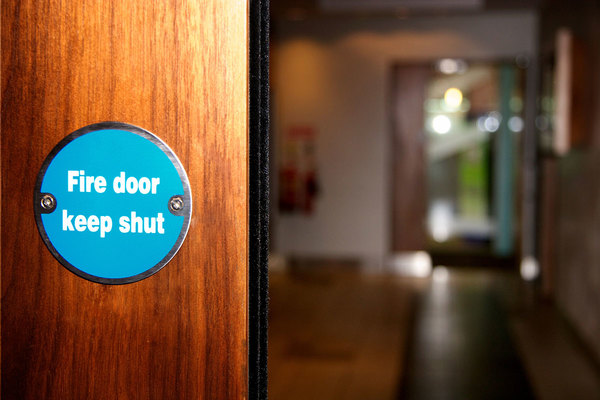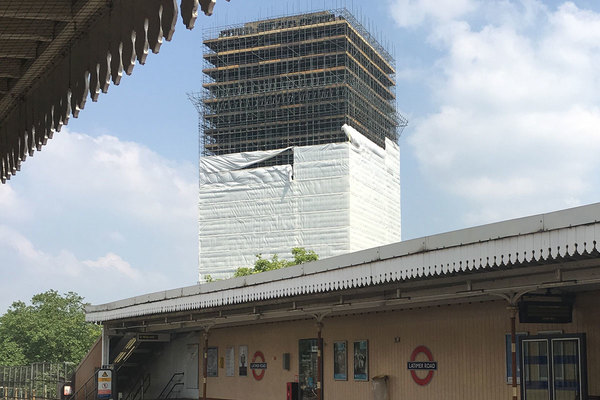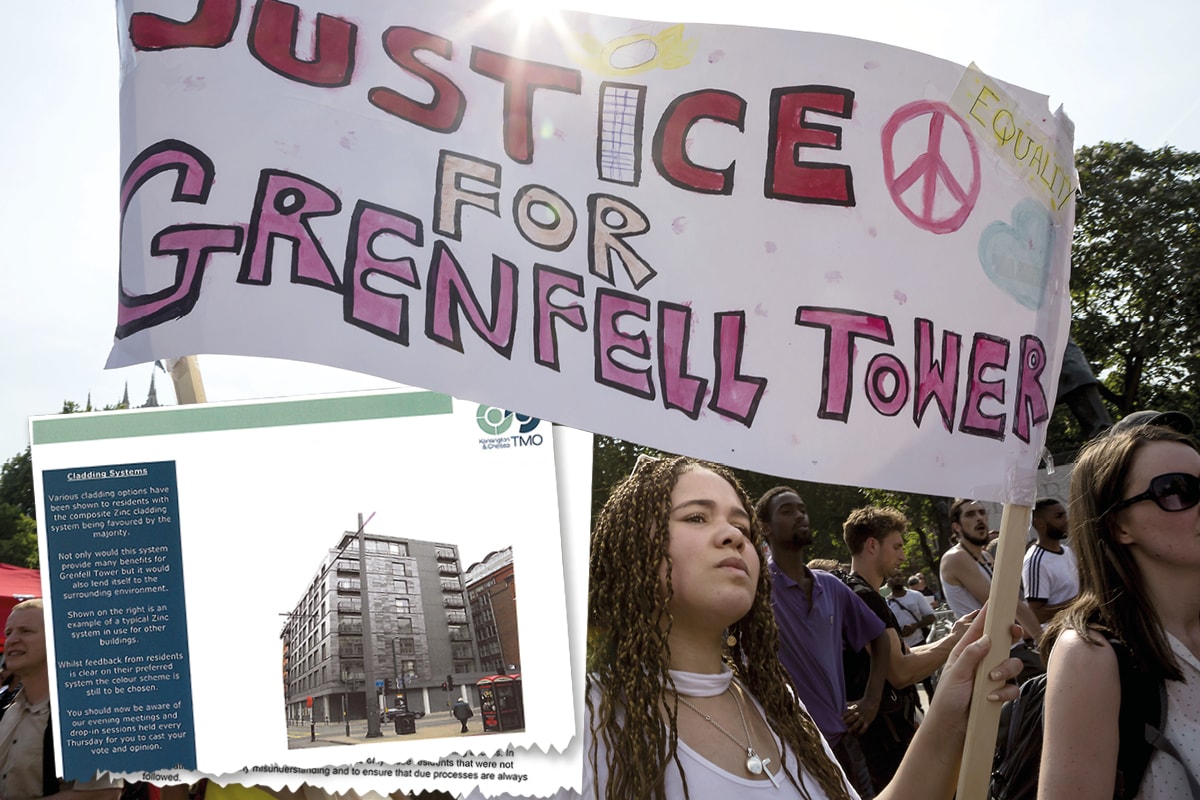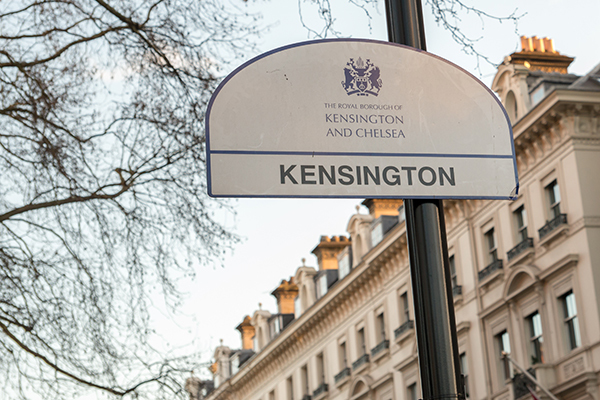You are viewing 1 of your 1 free articles
Kensington and Chelsea Council to replace fire doors
Kensington and Chelsea Council is set to replace fire doors in residential properties around the borough after tests found they are unsafe.
In a meeting of the council leadership on 6 June, councillors are expected to vote to award a £3.6m contract to SPB Permadoor.
The report submitted ahead of the meeting states that the council does not yet know the exact number of doors that need to be replaced, but estimates the number at around 4,000.
Housing secretary James Brokenshire recently told parliament that tests conducted on doors made by Manse Masterdor had revealed a “performance issue”.
A letter from Mr Brokenshire’s department to customers of Manse Masterdor also instructed owners of buildings with the relevant doors “to review their buildings’ fire risk assessments”.
According to the council report, Kensington and Chelsea is already reviewing these fire risk assessments and is planning to replace all of the models mentioned in that letter. Inside Housing understands there are around 950 Manse Masterdor doors in the borough.
Some of these fire risk assessments, as Inside Housing reported in February, have been reviewed by Carl Stokes, the same person who carried out fire risk assessments on Grenfell Tower before the fire.
The council, the report says, is also commissioning independent tests on “at least two samples” of fire doors to determine the correct doors to use as replacements.
A spokesperson for Kensington and Chelsea Council, said: “This is a national issue. Manse Masterdor fire doors are used in social housing across the UK and a question mark hangs over their effectiveness.
“Kensington and Chelsea Council believes that the replacement programme must be started as a matter of urgency, and as such councillors will next Wednesday (6 June) consider a recommendation to replace doors across the borough.”
In 2015, however, the London Fire Brigade issued enforcement notices on tower blocks requiring the installation of self-closing devices on flat entrance doors in two tower blocks.
At Grenfell Tower, on 14 June 2017, witnesses have told how smoke filled the corridors and stairwells – something self-closing fire doors are supposed to prevent – making it harder for residents to escape.
Inside Housing understands the latest round of work will also examine self-closers.
Never Again campaign
In the days following the Grenfell Tower fire on 14 June 2017, Inside Housing launched the Never Again campaign to call for immediate action to implement the learning from the Lakanal House fire, and a commitment to act – without delay – on learning from the Grenfell Tower tragedy as it becomes available.
One year on, we have extended the campaign asks in the light of information that has emerged since.
Here are our updated asks:
GOVERNMENT
- Act on the recommendations from Dame Judith Hackitt’s review of building regulations to tower blocks of 18m and higher. Commit to producing a timetable for implementation by autumn 2018, setting out how recommendations that don’t require legislative change can be taken forward without delay
- Follow through on commitments to fully ban combustible materials on high-rise buildings
- Unequivocally ban desktop studies
- Review recommendations and advice given to ministers after the Lakanal House fire and implement necessary changes
- Publish details of all tower blocks with dangerous cladding, insulation and/or external panels and commit to a timeline for remedial works. Provide necessary guidance to landlords to ensure that removal work can begin on all affected private and social residential blocks by the end of 2018. Complete quarterly follow-up checks to ensure that remedial work is completed to the required standard. Checks should not cease until all work is completed.
- Stand by the prime minister’s commitment to fully fund the removal of dangerous cladding
- Fund the retrofitting of sprinkler systems in all tower blocks across the UK (except where there are specific structural reasons not to do so)
- Explore options for requiring remedial works on affected private sector residential tower blocks
LOCAL GOVERNMENT
- Take immediate action to identify privately owned residential tower blocks so that cladding and external panels can be checked
LANDLORDS
- Publish details of the combinations of insulations and cladding materials for all high rise blocks
- Commit to ensuring that removal work begins on all blocks with dangerous materials by the end of 2018 upon receipt of guidance from government
- Publish current fire risk assessments for all high rise blocks (the Information Commissioner has required councils to publish and recommended that housing associations should do the same). Work with peers to share learning from assessments and improve and clarify the risk assessment model.
- Commit to renewing assessments annually and after major repair or cladding work is carried out. Ensure assessments consider the external features of blocks. Always use an appropriate, qualified expert to conduct assessments.
- Review and update evacuation policies and ‘stay put’ advice in the light of risk assessments, and communicate clearly to residents
- Adopt Dame Judith Hackitt’s recommended approach for listening to and addressing tenants’ concerns, with immediate effect
CURRENT SIGNATORIES:
- Chartered Institute of Housing
- G15
- National Federation of ALMOs
- National Housing Federation
- Placeshapers













